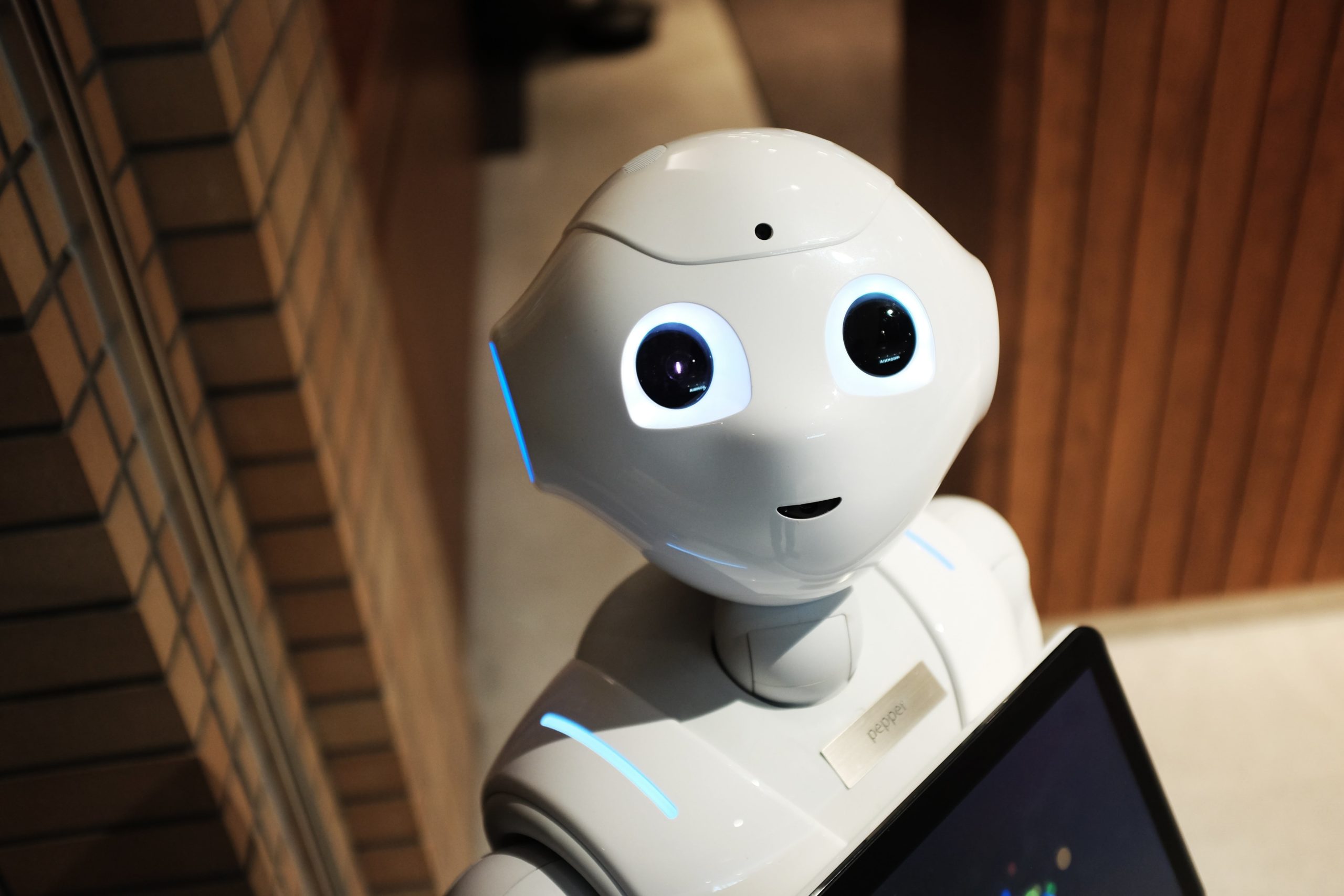The Rise and Fall of Gregory Potemkin
Jaspreet Bindra
Gregory Potemkin was one of the Russian Empress Catherine II ‘s favourite lover. He was also the governor of Southern Ukraine and Crimea, after the Russian monarchy conquered, and devastated, it in the 18th century (Interesting that the Russian Federation is trying to conquer it again now…). One fine day, Catherine II decided to visit this area, to see all the claimed great work that has been done by Potemkin, as he asked for more investments and more power. To make sure that she saw what he wanted her to see, Potemkin set up “mobile villages” on the banks of the Dnieper River. As soon as the barge carrying the Empress arrived, Potemkin’s men, dressed as peasants, would populate the village. Once the barge left, the village was disassembled, then rebuilt downstream overnight. The trip, needless to say, was a resounding success.
Regular readers of my blog would be a bit perplexed; Russian history is neither my forte` nor particularly topical. People are much more used to me writing about Indian entrepreneurs, and the great businesses they are creating all around us.
The problem is, that as I look around me, a few of them seem to resemble the Potemkin villages of yore.
Let us look at this very famous company, much in the news these days, which has created a product to help the good netizens of the country ascend up in their lives, and also find houses to live in. It’s a great product, beautiful looking, loaded with features, brimming with bells and whistles. There are fantastic pictures, the maps wink and nudge at me, as I traverse it. There is a choice of tens of cities, hundreds of localities within them. The advertising campaign features good looking young couples, going up in life as they discover the immense possibilities before them. There is just one problem: there are hardly any houses to find there. I find a paltry number of them, anywhere I go. All beautifully rendered, but so, so very few…Its less celebrated competitors give me a much, much larger number, and more of the kind I require. Not as beautifully, though. Money that ‘Catherine’ has put in: More than a hundred million dollars. Maybe much more. Beautifully, though.
There is this hotel aggregator. Cute name, cute signboards all over town. Promising rooms for less then Rs. 1000, with wifi, breakfast, clean sheets, great beds, everything. Roam the streets of Gurgaon, Bangalore, Noida, even Mumbai. You see it popping all over. A fantastic concept, and a product which is greatly needed in this budget-hotel deficient country. The problem: go there and it is nothing, but a few rooms of an existing fleabag hotel, called Empire or New Era or Highway, or something similar…. One hotel, two signboards. Price of Rs. 999; sometimes. Spotless linen: hmmm…. Great app, though. In Android and iOS. Our ‘Catherines’ have given them more than a hundred mil. And counting…
My favourite Potemkins are the ‘food tech’ and the ‘grocery delivery’ companies. Hundreds of them at last count. A few of them are doing great work, aggregating local eateries and merchants. But many of them got set up, because ‘food tech’ is Catherine’s latest fad, her flavour of the day, if it may. Most of them are scrambling to make their kitchens work, to get their poor bike-boys to deliver groceries in the promised two hours, to make sure that Mrs. Sharma, who has been ‘aggregated’, actually does make the ‘posto chicken’ that she promised to make for lunch on Tuesday…
Make no mistake: I am a huge cheerleader of entrepreneurship and all entrepreneurs bravely setting up India’s businesses of tomorrow. My writings acclaim them, and I wish I could do what they are doing. I celebrate their successes; I celebrate their failures more
My problem is with the Potemkins within them: latching on to what the fad is, creating stories which the Catherines want to see and hear, creating beautiful facades; but many times, not really getting into the guts of the business – the operations, the manufacturing, the services, the nitty-gritty. Many of them have, and I greatly admire them: Flipkart, for example, worked for months and years on the logistics and the backend before they even went to market. There are startups I know, even some in the real estate space, which are toiling away to get the content, operations, products right before they go out into the market.
To be honest, I blame the ‘Catherines’ more – they sometimes go with the flow, do not lift up the covers to see what is inside, but get taken by the hype and the hoopla. They see the lovely cardboard facades and want to believe that it is as nice behind them.
See, the thing is, that even mobile app or Internet companies are real businesses, with all the hard work, problems and frustrations of a real brick and mortar business. An ecommerce company is not about its app or website as much as it is about its supplychain; much like a Walmart is not as much about how its store looks, but more about the logistics, the merchandising, the negotiating, the inventory, the warehouses, the quality.
I also believe that as the euphoria winds down, the ‘real’ businesses will win in the long term. Businesses which have depth of content, which have their back-ends and supply chains mastered, businesses which obsess over operations more than their apps, businesses which have real rooms and bricks behind the cardboard facades…
It might be worth remembering that not long back, in 1998, Enron built and maintained a fake trading floor on the 6th story of its downtown Houston headquarters. The trading floor was used to impress Wall Street analysts attending Enron’s annual shareholders meeting and even included rehearsals conducted by Enron executives Kenneth Lay and Jeffrey Skilling. A Potemkin trading floor….Enron was a $100bn company once, if I remember right, the posterboy of the energy sector.
And you know where Enron went….


